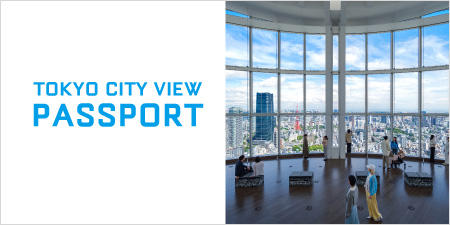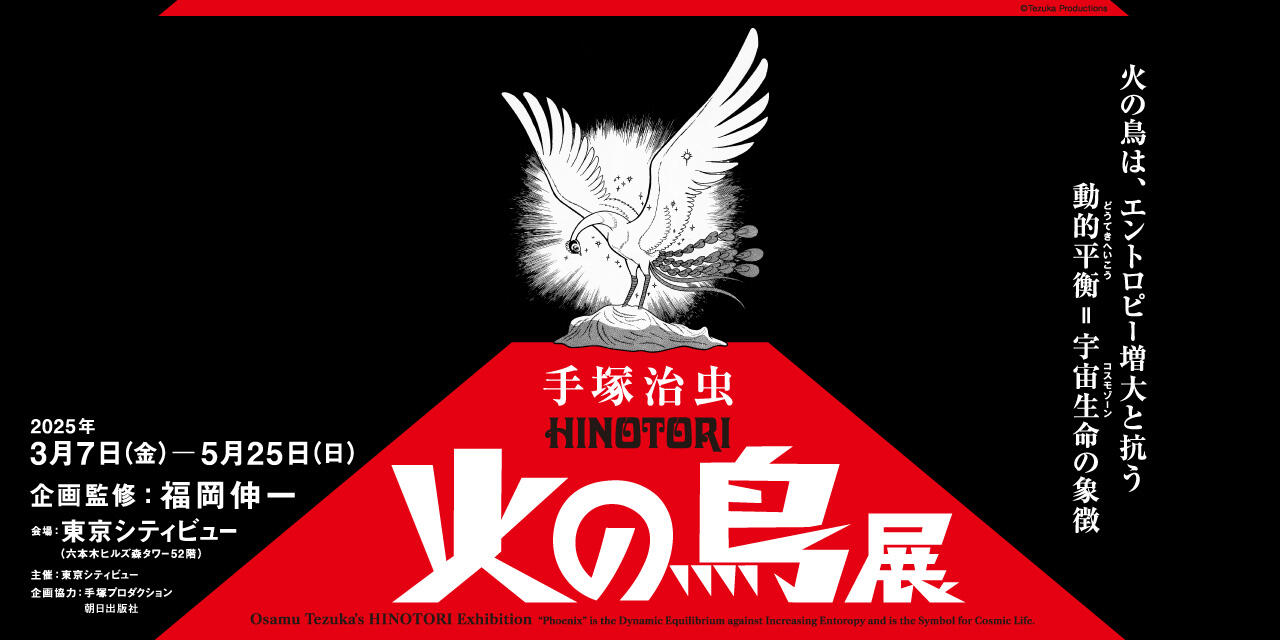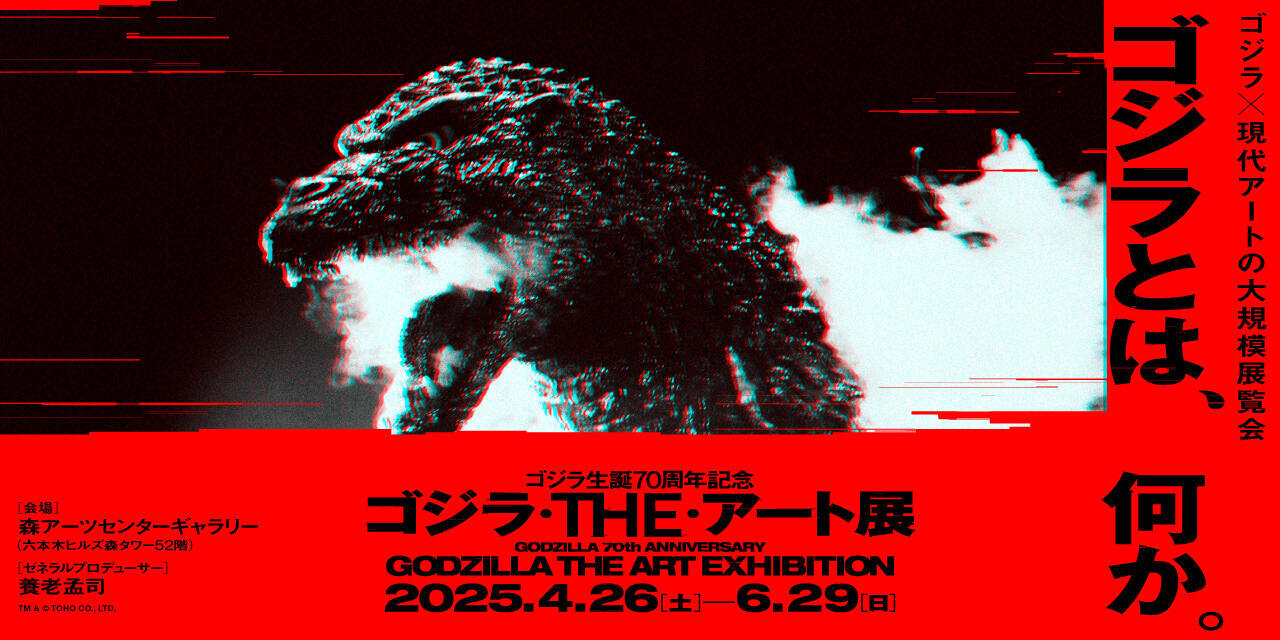This exhibition focuses on three cultural institutions that existed in Bangkok, Singapore, and Manila from the late 1960s to the end of the 1980s. In 1981, the Filipino artist and curator Raymundo R. Albano coined the expression “suddenly turning visible” to describe the rapid transformation of Manila’s urban landscape.
The late 1960s in this region were characterized by a relentless pursuit of economic growth underpinned by the ideology of developmentalism(*), leading to major Southeast Asian population centers experiencing rapid urbanization, and turning into modern metropolises. Artists and architects played a critical role in realizing this new vision in the art world as well. They came together to exchange ideas, freely engaging with international artistic movements such as abstraction and conceptual art, and melding folk and popular traditions across Southeast Asia into their work. By doing so, they aimed to shock, scare, surprise, or seduce the public into rethinking art and its role in society.
MAM Research 008: Suddenly Turning Visible examines this paradigm shift in the history of art in Southeast Asia through the stories of three influential art institutions: Cultural Center of the Philippines (CCP, established 1966, Manila); the Alpha Gallery (1971-1989, Singapore); and the Bhirasri Institute of Modern Art (BIMA, 1974-1988, Bangkok).
* A political ideology that prioritizes economic development by industrialization, rather than a nation’s social development or respect for its unique culture.



Cassettes 100
Cultural Center of the Philippines, Manila, 1971
Courtesy:UP Center for Ethnomusicology
Photo: Nathaniel Gutierrez



Cassettes 100
Cultural Center of the Philippines, Manila, 1971
Courtesy:UP Center for Ethnomusicology
Photo: Nathaniel Gutierrez





 About “MAM Research”
About “MAM Research”




